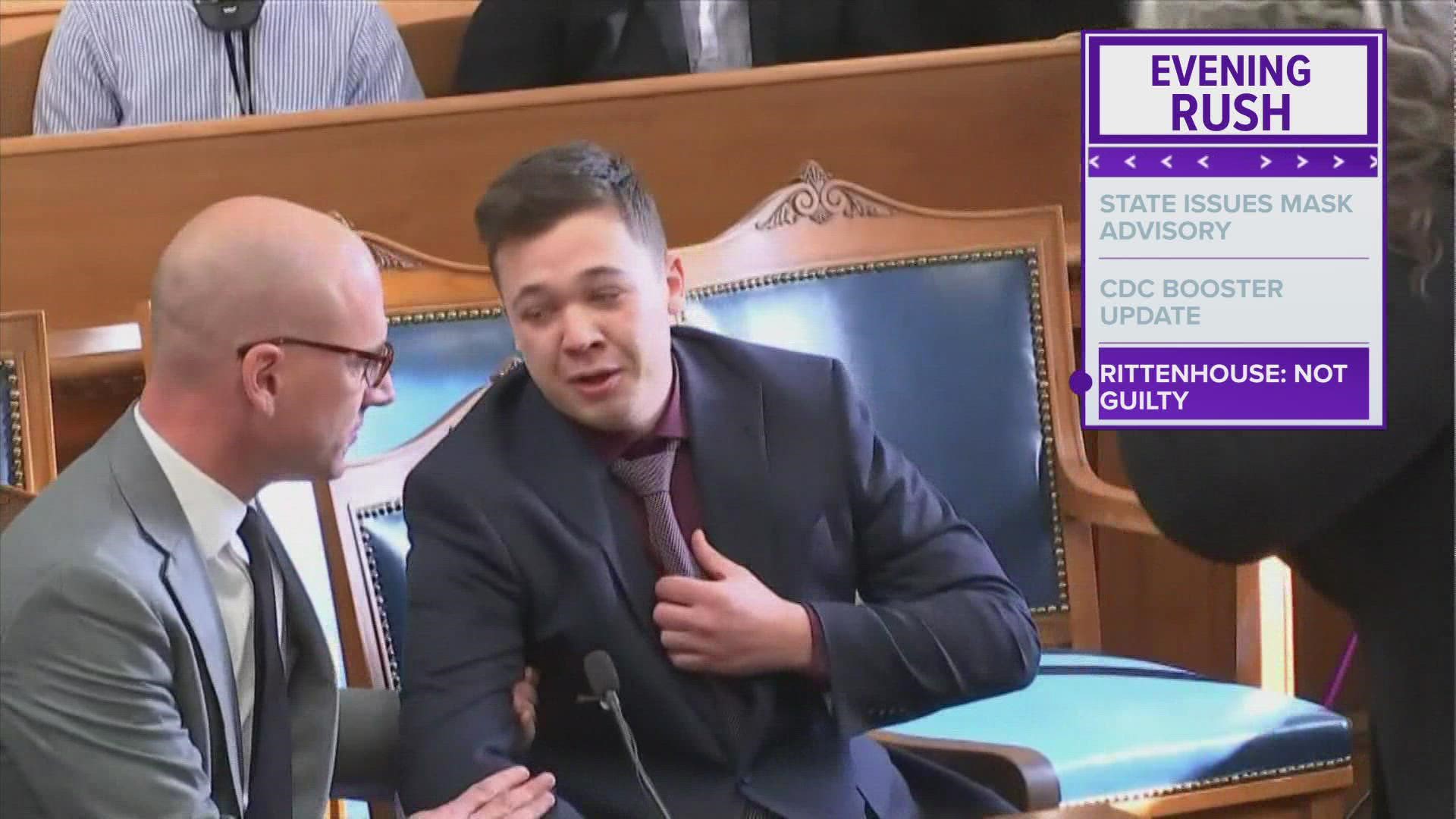GRAND RAPIDS, Mich. — A 12-person jury found Rittenhouse not guilty on all five counts he was facing -- including reckless homicide and intentional homicide connected to the shooting deaths of two people.
Rittenhouse said he shot three people in self defense, during protests over the police shooting of Jacob Blake last year.
This trial came down to self defense.
Anthony Flores, a Law Professor with Western Michigan - Cooley Law School said Kyle Rittenhouse had to believe he was in peril and had to protect himself with the use of lethal force. The jury had to determine whether or not he was believable.
"Many times juries are the ones who are there watching the witnesses demeanor and testimony and they come back with a decision to find who's credible. It's obvious this deliberation took so long that they had real struggles with some of the witnesses versions for the prosecutor indicating this was done intentionally, premeditatedly or deliberately using lethal force for a reason that he was actually being pursued or felt he was in peril before he felt the need to pull the trigger on that automatic weapon."
Flores adds the prosecutor's case was Rittenhouse provoked the situation by being there with a firearm, however once witnesses testified Rittenhouse was in peril and he had to respond, that changes the course of discussion for the jury.
There's no appeal from a not guilty verdict so Rittenhouse doesn't have to stand trial on these issues again under the fifth amendment double jeopardy clause.
►Make it easy to keep up to date with more stories like this. Download the 13 ON YOUR SIDE app now.
Have a news tip? Email news@13onyourside.com, visit our Facebook page or Twitter. Subscribe to our YouTube channel.

